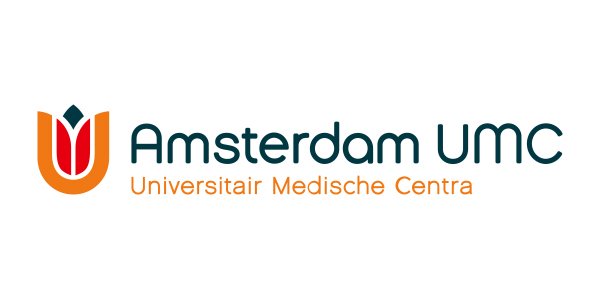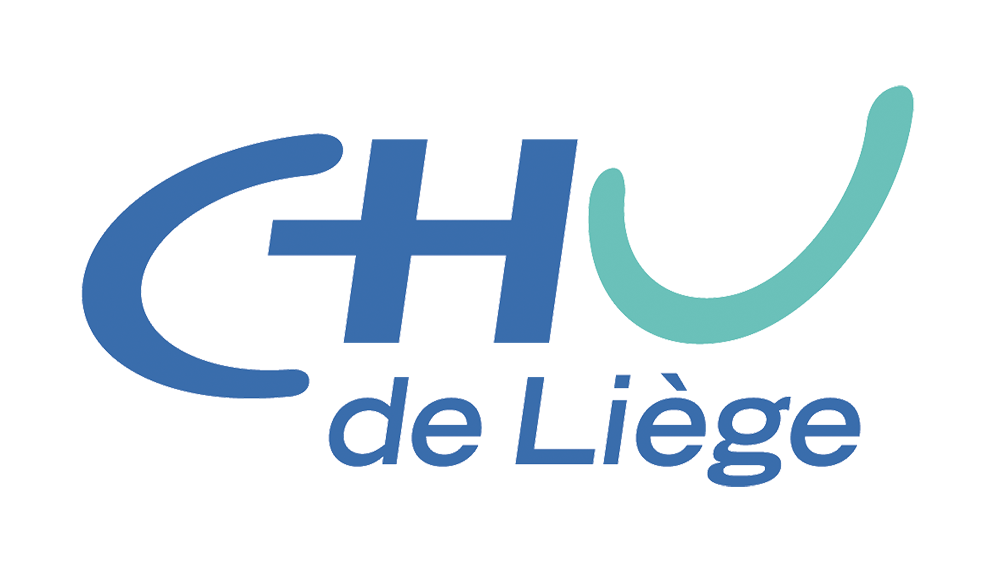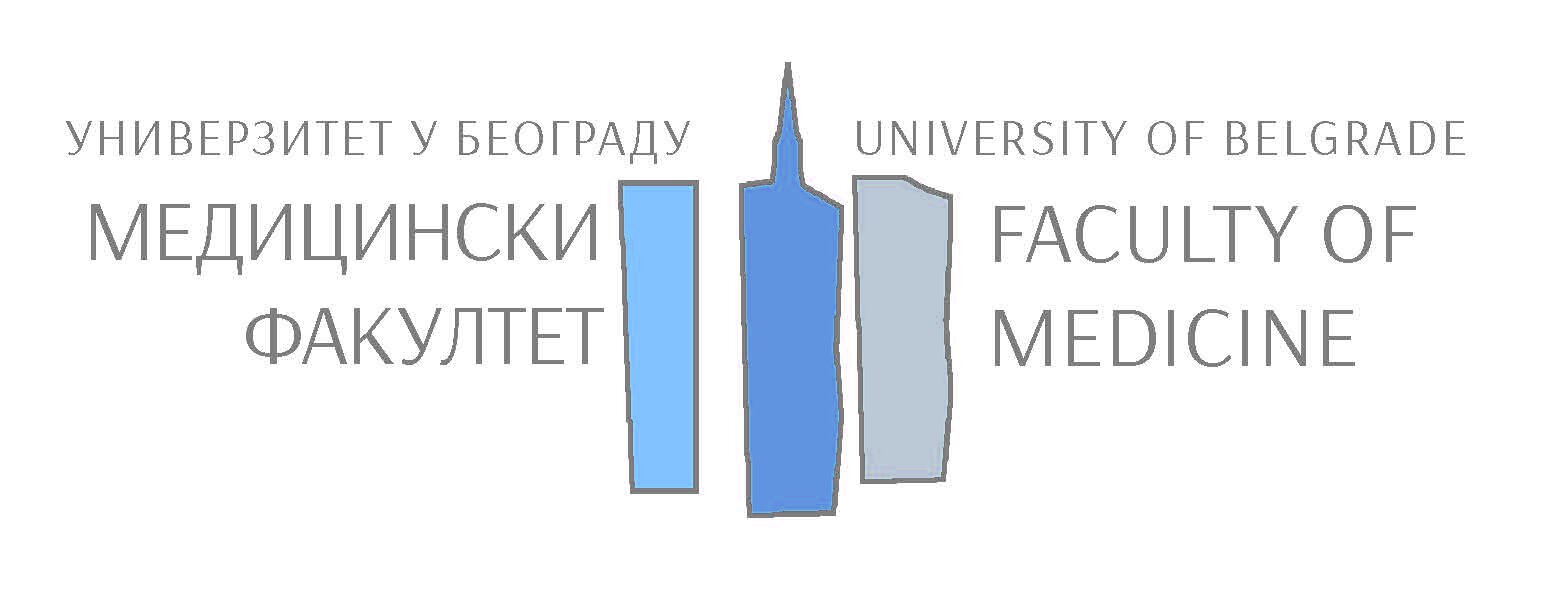
Precision Medicine
A collaborative partnership aimed at achieving exponential innovation to advance the concept of precision medicine.
What is BioPharmaX ?
It is a collaborative partnership that brings together different disciplines, stakeholders, initiatives and disease domains.
Unlike consortia, networks, or alliances the goal is to bring collaborators and competitors together in what can be best described as a virtual, or distributed, ecosystem.
Within the framework of the distributed translational ecosystem partners:
Share knowledge (technology/method scan seminars, biotech advisory sessions)
Collaborate on data exploration and analysis
Engage in pilot studies that help shape the future directions and lead to new projects
Work together to make the most out of public and private funding
Participate in a stakeholder-centered strategic planning process on how to move precision medicine forward
Most importantly the ecosystem is a way to work on innovation bottlenecks as a way to create awareness and build trust resulting in new multi-partner and smaller-scale collaborative projects.

Bringing initiatives together
The U-BIOPRED Alliance, the Innovative Medicines Initiative project DRAGON, and the Paediatric Asthma Alliance are the founding initiatives of the Precision Medicine BioPharmaX linking together the different disease domains and initiatives to drive forward a future of precision medicine.
The ecosystem welcomes all precision medicine initiatives and is not focused on any specific disease domains.
-
The CIAO project aims to address a pressing issue in COVID 19 research: Making sense of the overwhelming flood of information that is published every day. To achieve this, CIAO makes use of the Adverse Outcome Pathways (AOPs), which are part of a well-established knowledge collection and management framework in toxicology. Based on published work, the AOPs depict the causal relationships that link an initial perturbation (virus binding to a receptor) over a series of biological key events that can be measured toward an adverse outcome, such as respiratory distress or multiorgan failure. Developing AOPs modelling COVID-19 pathogenesis relies on interdisciplinary collaborative effort, synergizing exchange between experts from different fields. Currently, more than 65 scientists around the world are participating in the project.
-
The COVID-19 Disease Map is a graphical, interactive representation of disease-relevant molecular mechanisms linking many knowledge sources. Notably, it is a computational resource for graph-based analyses and disease modelling. With this effort, we aim to effectively combine the knowledge from surging literature with complex datasets to propose mechanistic models of SARS-CoV-2 infection, improving data interpretation and predicting key targets of intervention. This large-scale community effort allowed to build an open access, interoperable and computable repository of COVID-19 molecular mechanisms. We established a framework of tools, platforms and guidelines necessary for a multifaceted community of biocurators, domain experts, bioinformaticians and computational biologists. The diagrams of the Map, curated from the literature, are integrated with relevant interaction and text mining databases.In our recent publication we demonstrate the application of network analysis and modelling approaches by concrete examples to highlight new testable hypotheses. This framework helps to find signatures of SARS-CoV-2 predisposition, treatment response or prioritisation of drug candidates. Such an approach may help deal with new waves of COVID-19 or similar pandemics in the long-term perspective.
-
An IMI funded project focused on COVID diagnostics, prediction, and prognostics. Emphasis is on the use of AI to interpret images as well as transcriptomic profiles. The consortium also include an app provider that enables patient/clinician/researcher partnering with both data capture and educational modules. The project includes seven SMEs, ten academic, one professional society, and a disease foundation.
-
The ERS Clinical Research Collaborations (CRC) programme provides support to projects in different areas of respiratory medicine, to build and maintain European multi-centre networks of researchers, from both within and outside of the Society.
Since the start of the COVID-19 pandemic, numerous COVID-19 research initiatives have been launched. To date, these strategies have primarily focused on the acute infection and not the long-term consequences. The ambition of the CRC END-COVID – European respiratory Network for Data-sharing in COVID19, is to study the consequences of COVID-19 infection, particularly in those who have been hospitalised. To maximise the impact of the effort invested in clinical data collection and research and to minimise duplication of work and offer better and faster answers to medical needs, END-COVID aims to align and, where possible, merge different national initiatives in Europe studying the long-term effects of COVID-19 in those post-hospitalisation survivors. END-COVID will study the impact on those with premorbid lung conditions and the onset of de novo lung disease and co-morbidities. The long-term vision of the END-COVID CRC is to build an integration platform that would allow any researcher to have access to the data to answer COVID-19 related research questions, once approved by END-COVID CRC Steering Committee and Data Controllers. END-COVID is chaired by Dr. Stefano Aliberti (University of Milan) and Dr. Claudia Valenzuela (University of Madrid).
-
KRONO aims to deliver a simple diagnostic tests that is called At Patient Testing (APT) and test the patient while they wait using gold standard qRT-PCR technology and would deliver results in under 40 minute. The test based on a novel platform technology able to work with unprocessed samples of blood, saliva, or nose or throat swabs and can be operated by anyone with basic training in how to use the device. The software is based on algorithms trained on actual clinical data, and allows users to easily interpret the results. No laboratory or trained personnel required, this means that the portable system can be deployed in the field, at entry points to countries an in the community to minimize transmission of infection.
While the team is focusing its efforts on the current COVID-19 outbreak, they also plan to ensure the system can be easily adapted to future outbreaks of new diseases in humans as well as animals.
-
A group of asthma centers focused on childhood asthma. The focus is to achieve biomarker driven care for individuals with asthma. The alliance consists of nine academic centers.
-
One of the original Innovative Medicines Initiative funded projects that continues to work together eight years after the funding period. Consists of five major pharma, eleven academic institutions and three SMEs
Our vision of the future
Patients will be treated in future by first understanding the mechanisms that are active in a given individual. Then treatments will be administered based on the molecular pathways that are active in a given individual.
New therapies will be developed more rapidly with molecular pathway biomarker-driven cohort enrichment strategies.
It will be a combination of molecular profiling, clinical measurements and patient-reported outcomes that will enable more efficient management of disease and more rapid development of new precision therapies.
Such an approach will also lead to therapies and management approaches that impact multiple different diseases.
U-BIOPRED was one of the first Innovative Medicines Initiatives projects that persists today, eight years post funding, as part of the Precision Medicine BioPharmaX ecosystem.

Current projects and activities
Updates

Why should you be a part of the BioPharmaX Ecosystem?
Industry
Non-Governmental Organizations (NGOs)
Disease Foundations
HCP Organization
Data Organization











































